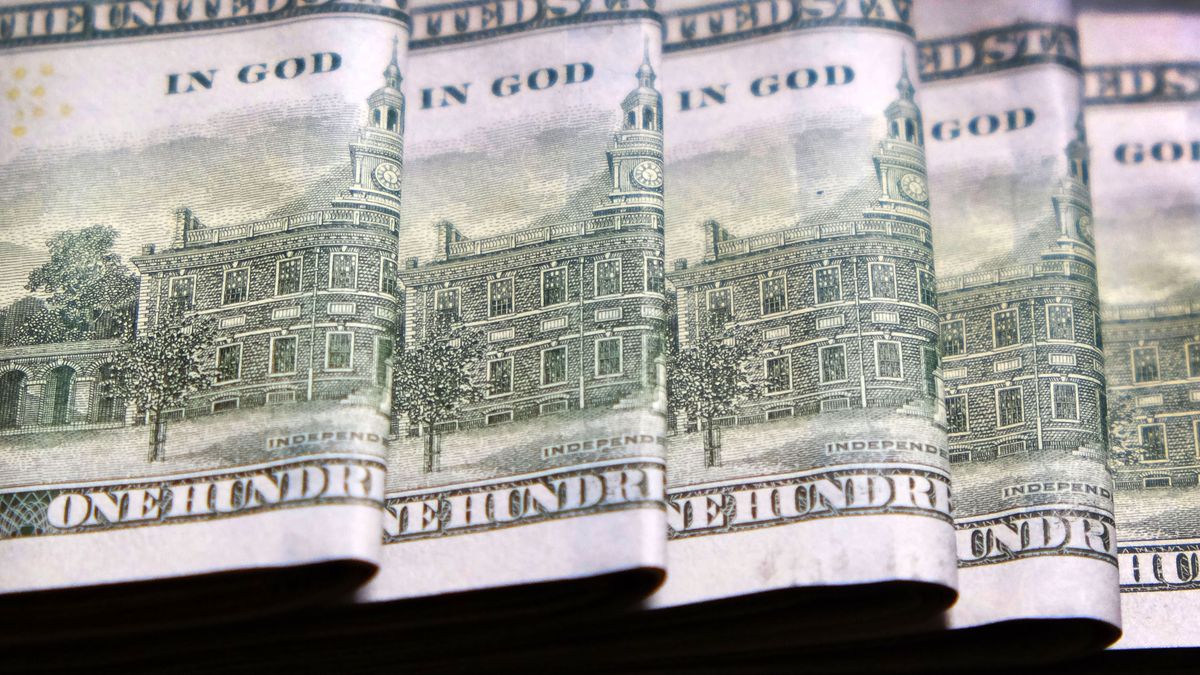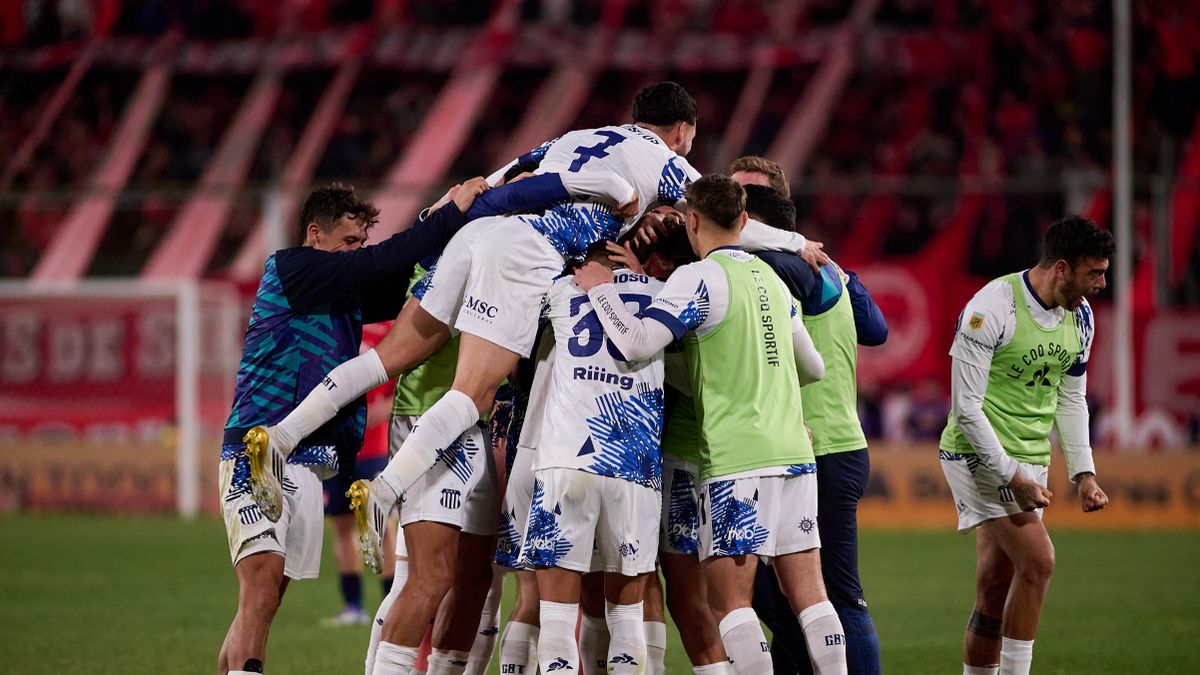Martín Kalos, director of EPyCA Consultora, pointed out that “the blue dollar is a small market, so a demand with a little extra volume in the face of a low offer can trigger the price again.” Although, after the run it had in recent months, he considered: “It is already at levels where it could stabilize, because there are no new combinations of variables that lead the dollar to these prices. It responds to a small supply and demand that quickly becomes unbalanced with short volumes”.
Along these lines, he detailed two factors that move demand: “On the one hand, inflation and its correlation with the savings and investment tools that may exist, whether the interest rate is perceived as positive or what rate of devaluation is wait for the future. And, on the other hand, the amount of money in the economy. The strong issuance of the first semester put pressure on the demand for parallel dollars. If a more rational scheme is achieved around monetary and exchange policy, the pressures could lessen, but those pesos are still in circulation”.
Julián Grancharoff, an economist member of the OCEPP, pointed out that “it is important to differentiate the photo from the film.” “Looking at the photo we see an exchange rate gap that still exceeds 100%, reserves at a minimum and inflation running at 90% per year. However, when we watch the film we see an important brake on the negative trend that was unleashed after the resignation of Martín Guzmán, where the financial dollars had no ceiling and the BCRA did not stop losing foreign currency. Although the international context was important in this dynamic, a certain ordering of internal politics was key, which gave some short-term certainty.”
In this sense, he added: “Going forward, it is key to calm devaluation expectations, generate macro consistency and maintain positive real rates in the short and long term to avoid positions in foreign currency. It will also help when energy imports fall for seasonal reasons. And, in the medium term, what happens at the international level with interest rates and the price of commodities will be decisive.”
For his part, Roberto Geretto, portfolio manager at CMF, predicted the possibility of a stabilization in the current values of the blue since the rate hikes help, but warned that it will not be for long. “In historical terms, $290 is a high price, however, high inflation and uncertainty harm the blue dollar to find a ceiling. Therefore, the measures that the government can take to rebuild reserves and lower the deficit as agreed with the IMF will be key, ”he said.
The financial analyst Christian Buteler agreed: “Everything will depend on the signals and measures of the Government. The intention to stop the issuance of pesos and the sharp increases in interest rates go in that direction, but the market asks for more concrete facts. Blue can go a bit lower as it fell from $350 to $290, but the jump started at $210. In other words, there is room for exchange rate gaps to return to 70%”.
Source: Ambito
David William is a talented author who has made a name for himself in the world of writing. He is a professional author who writes on a wide range of topics, from general interest to opinion news. David is currently working as a writer at 24 hours worlds where he brings his unique perspective and in-depth research to his articles, making them both informative and engaging.




